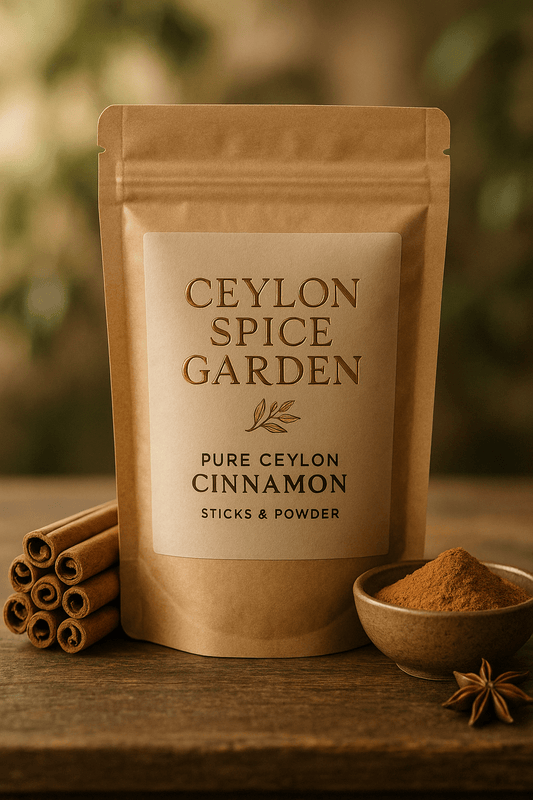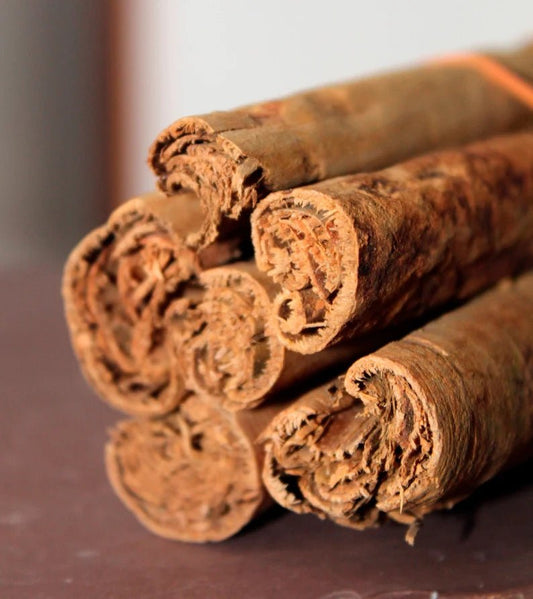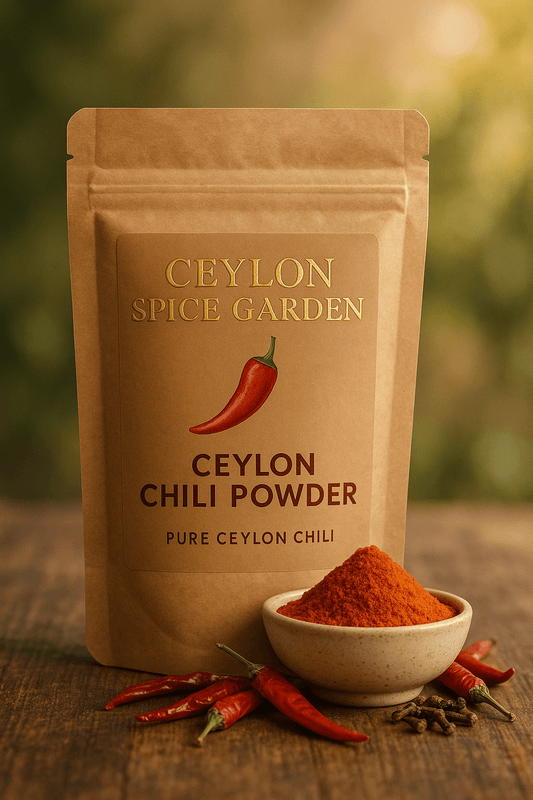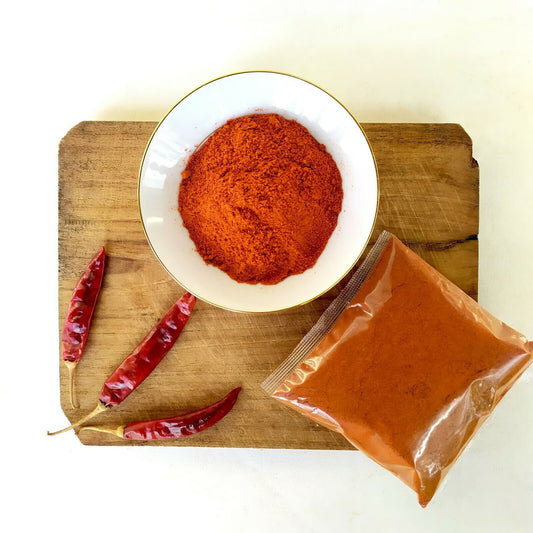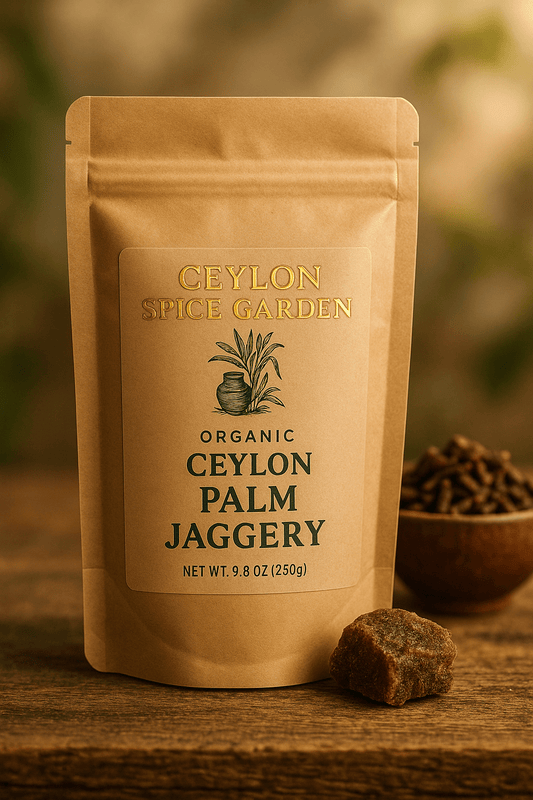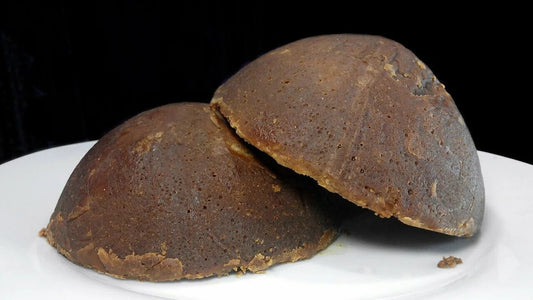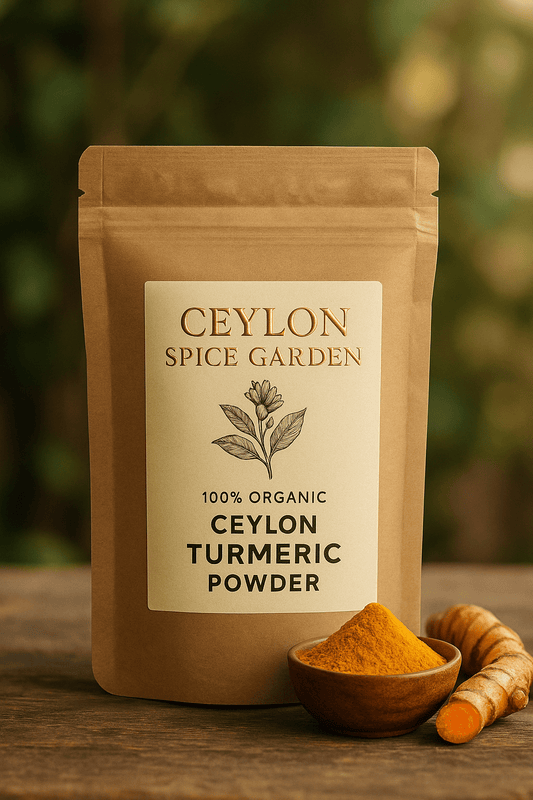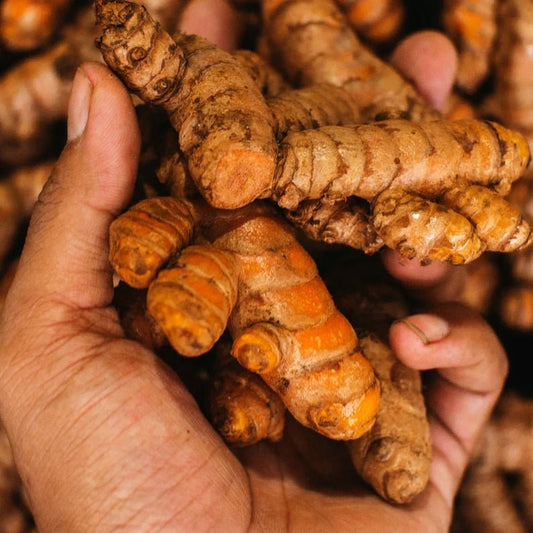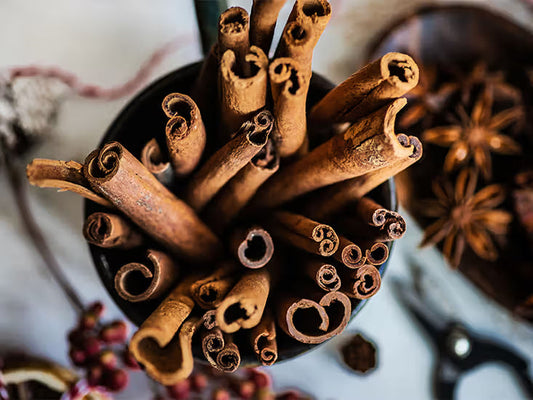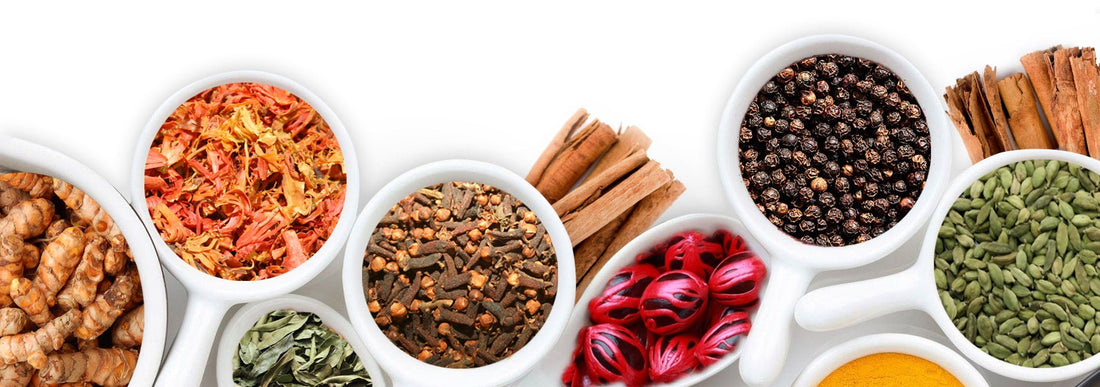
Traditional Rice and Curry with Ceylon Flavor Profile | Authentic Sri Lankan Guide
Traditional Rice and Curry with Ceylon Flavor Profile: The Complete Guide to Sri Lankan Cuisine
Table of Contents
- Understanding Sri Lankan Rice and Curry
- The Ceylon Flavor Profile Explained
- Essential Components of Traditional Rice and Curry
- Perfect Rice Preparation Methods
- Signature Curry Recipes
- Traditional Accompaniments and Sambols
- Ceylon Spice Techniques and Combinations
- Serving Traditions and Etiquette
- Planning Your Rice and Curry Feast
- Frequently Asked Questions
Understanding Sri Lankan Rice and Curry
Traditional rice and curry represents the heart of Sri Lankan cuisine—a complete meal that balances nutrition, flavor, and cultural significance. Unlike single-dish curries found elsewhere, Sri Lankan rice and curry is an elaborate spread featuring multiple curries, accompaniments, and condiments, each contributing to the distinctive Ceylon flavor profile.
This centuries-old tradition evolved from the island's unique position along ancient spice routes, creating a cuisine that masterfully blends indigenous ingredients with influences from Indian, Arab, Malay, and Portuguese traders. The result is a complex flavor tapestry that sets authentic Ceylon cuisine apart from other South Asian cooking styles.
Traditional Rice and Curry Composition
The Rice
Red or white rice, sometimes infused with coconut milk
Protein Curry
Fish, chicken, beef, or lentil-based main curry
Vegetable Curries
2-3 different preparations using seasonal produce
Mallung
Shredded greens with coconut
Papadum
Crispy lentil wafers
Sambols
Fresh chutneys and relishes
The Ceylon Flavor Profile Explained
The distinctive Ceylon flavor profile emerges from the sophisticated use of spices, cooking techniques, and ingredient combinations unique to Sri Lankan cuisine. Understanding these flavor principles is essential for creating authentic rice and curry.
Key Elements of Ceylon Flavor Profile:
- Roasted Spice Depth: Dry-roasting whole spices before grinding creates complex, nutty undertones
- Coconut Integration: Fresh coconut in multiple forms—milk, oil, and scraped—provides richness
- Curry Leaf Brightness: Fresh curry leaves add citrusy, aromatic notes throughout
- Tamarind Tang: Goraka and tamarind provide signature sourness
- Maldive Fish Umami: Dried fish adds savory depth to vegetable dishes
- Pandan Fragrance: Rampe (pandan) leaves infuse subtle vanilla-like aroma
The Seven Flavor Principles
Traditional Sri Lankan cooking balances seven distinct flavor elements in each rice and curry spread:
| Flavor Element | Common Sources | Role in Meal |
|---|---|---|
| Sweet | Coconut, jaggery, onions | Balances heat and sourness |
| Sour | Goraka, tamarind, tomatoes | Brightens rich curries |
| Salty | Sea salt, Maldive fish | Enhances all flavors |
| Pungent | Garlic, ginger, onions | Adds aromatic depth |
| Bitter | Fenugreek, bitter gourd | Aids digestion |
| Astringent | Unripe banana, jackfruit | Provides texture contrast |
| Umami | Maldive fish, mushrooms | Deepens savory notes |
Essential Components of Traditional Rice and Curry
A proper rice and curry meal requires careful attention to each component, with every element playing a crucial role in the overall harmony of flavors and textures.
The Foundation: Rice Selection and Preparation
While white rice is common, traditional meals often feature red rice—a nutritious, unpolished variety with a nutty flavor that perfectly complements robust curries. The choice of rice sets the foundation for the entire meal.
Rice Wisdom: Sri Lankan red rice (rathu haal) contains more fiber and nutrients than white rice. Soak for 30 minutes before cooking to achieve the perfect texture—firm yet tender, never mushy.
Curry Categories
Traditional rice and curry includes specific types of preparations, each with distinct cooking methods and spice profiles:
- Wet Curries (Hodhi): Coconut milk-based gravies with vegetables or proteins
- Dry Curries (Thel Dala): Tempered dishes with minimal gravy
- White Curries (Kiri Hodhi): Mild coconut milk curries without chili
- Black Curries (Kalu Pol): Dark, roasted coconut preparations
- Sour Curries (Ambul): Goraka-based dishes with tangy profiles
Perfect Rice Preparation Methods
The foundation of any rice and curry meal begins with perfectly cooked rice. Sri Lankan methods ensure each grain maintains its integrity while absorbing the flavors of accompanying curries.
Traditional Coconut Rice (Kiri Bath Base)
This aromatic rice preparation elevates simple grains into a festive foundation worthy of the curry spread.
Ingredients:- 2 cups jasmine or basmati rice
- 1½ cups water
- 1 cup thick coconut milk
- 1 tsp salt
- 2 pandan leaves (optional)
Method: Wash rice until water runs clear. Combine rice, water, and salt in a pot. Add pandan leaves for fragrance. Bring to boil, then simmer covered for 15 minutes. In the last 5 minutes, pour coconut milk over rice without stirring. Let rest 10 minutes before fluffing.
Signature Curry Recipes for Ceylon Flavor Profile
These essential curries showcase the depth and complexity of traditional Sri Lankan cooking, each representing different aspects of the Ceylon flavor profile.
Kukul Mas Curry (Ceylon Chicken Curry)
The quintessential Sri Lankan chicken curry demonstrates perfect spice balance and technique.
Ceylon Spice Blend:- 2 tbsp coriander seeds
- 1 tbsp cumin seeds
- 1 tsp fennel seeds
- 6 cloves
- 1-inch cinnamon stick
- 3 cardamom pods
- 1 tsp black peppercorns
Key Technique: Dry roast spices until fragrant, grind fine. Marinate chicken with spices, turmeric, and chili. The signature Ceylon method involves cooking with both first and second extract coconut milk for layered richness.
Parippu Curry (Tempered Red Lentils)
No rice and curry is complete without this protein-rich lentil curry, perfectly spiced with Ceylon flavors.
Tempering (Tadka):- 2 tbsp coconut oil
- 1 tsp mustard seeds
- 10 curry leaves
- 2 dried red chilies
- 1 sprig rampe (pandan)
- 3 shallots, sliced thin
Ceylon Secret: Add a piece of goraka while boiling lentils for subtle sourness and better digestion. The final tempering in coconut oil creates the authentic flavor burst.
Wambatu Moju (Sweet-Sour Eggplant Pickle)
This signature pickle-curry represents the perfect balance of Ceylon flavors—a must-have accompaniment.
Deep-fried eggplant is combined with caramelized onions, vinegar, and a special spice mix including mustard seeds and fenugreek. The dish improves with age, developing complex flavors over days.
Traditional Accompaniments and Sambols
The supporting cast of accompaniments transforms rice and curry from a simple meal into a feast. Each element provides textural contrast and flavor enhancement.
Essential Accompaniments:
- Pol Sambol: Fresh coconut relish with chili, onions, and lime—the most iconic condiment
- Seeni Sambol: Caramelized onion relish with Maldive fish and spices
- Katta Sambol: Fiery paste of chilies, Maldive fish, and onions
- Mallung: Shredded greens with coconut—essential for nutrition
- Gotukola Sambol: Fresh pennywort salad for cooling balance
- Papadum: Crispy lentil wafers for textural contrast
The Art of Pol Sambol
This fresh coconut relish epitomizes the Ceylon flavor profile—simple ingredients transformed through technique into an indispensable accompaniment.
Pol Sambol Perfection: Use freshly scraped coconut, never desiccated. Grind ingredients on a stone (miris gala) for authentic texture. The lime juice should be added last to preserve its brightness. Quality Ceylon chili powder makes all the difference in achieving the perfect heat level.
Ceylon Spice Techniques and Combinations
Mastering traditional spice techniques elevates rice and curry from good to extraordinary. These time-tested methods maximize flavor extraction and create the layered complexity characteristic of Ceylon cuisine.
The Three-Stage Spicing Method
- Raw Spicing: Turmeric and chili powder added during marination
- Tempered Spicing: Whole spices bloomed in hot oil at cooking start
- Finishing Spices: Roasted curry powder added near the end for aroma
Essential Ceylon Spice Combinations:
- Thunapaha (Three Spice): Cumin, coriander, fennel—the holy trinity
- Raw Curry Powder: Unroasted blend for marinades
- Roasted Curry Powder: Dark, aromatic blend for finishing
- Black Curry Powder: Deeply roasted for meat dishes
- White Curry Powder: Mild blend for vegetable curries
Tempering (Tadka) Mastery
The Ceylon tempering technique differs from Indian methods, using coconut oil and specific sequences to create distinctive flavors:
| Ingredient | Order | Visual/Audio Cue | Purpose |
|---|---|---|---|
| Mustard seeds | First | Vigorous popping | Nutty base flavor |
| Curry leaves | Second | Crisp and fragrant | Citrus aroma |
| Dried chilies | Third | Darkening color | Smoky heat |
| Onions/garlic | Last | Golden brown | Sweet depth |
Serving Traditions and Etiquette
The presentation and serving of rice and curry follows cultural traditions that enhance both the visual appeal and dining experience.
Traditional Banana Leaf Service
For special occasions, rice and curry is served on banana leaves, which add subtle flavor and have antibacterial properties. The placement follows specific patterns:
- Rice forms the center foundation
- Wet curries placed closest to rice
- Dry preparations arranged around edges
- Sambols and pickles in small portions at corners
- Papadum placed last, just before eating
Eating Etiquette: Traditionally eaten with the right hand, rice and curry is mixed in small portions on the plate. Each mouthful should combine rice with different curries and accompaniments, creating unique flavor combinations. The meal progresses from mild to spicy preparations.
Planning Your Rice and Curry Feast
Creating a balanced rice and curry spread requires thoughtful planning to ensure variety in flavors, textures, colors, and nutritional content.
Sample Traditional Menu
Rice
Red rice with pandan
Protein
Kukul mas curry (chicken)
Lentils
Parippu curry
Vegetables
Beans thel dala, Ash plantain curry
Greens
Kale mallung
Accompaniments
Pol sambol, Papadum
Preparation Timeline
Efficient preparation ensures all dishes are ready simultaneously:
- Day Before: Prepare spice blends, make pickles, soak lentils
- Morning: Prepare sambols, cut vegetables, marinate proteins
- 2 Hours Before: Start meat curries and slow-cooking items
- 1 Hour Before: Begin vegetable curries and lentils
- 30 Minutes Before: Cook rice, prepare temperings
- Just Before Serving: Fry papadums, warm all dishes
Master the Art of Ceylon Rice and Curry
Traditional rice and curry with authentic Ceylon flavor profile represents more than a meal—it's a culinary journey through Sri Lanka's rich heritage. By understanding the balance of flavors, mastering spice techniques, and respecting traditional preparations, you can create this magnificent feast in your own kitchen. Start with quality Ceylon spices and let centuries of wisdom guide your cooking.

